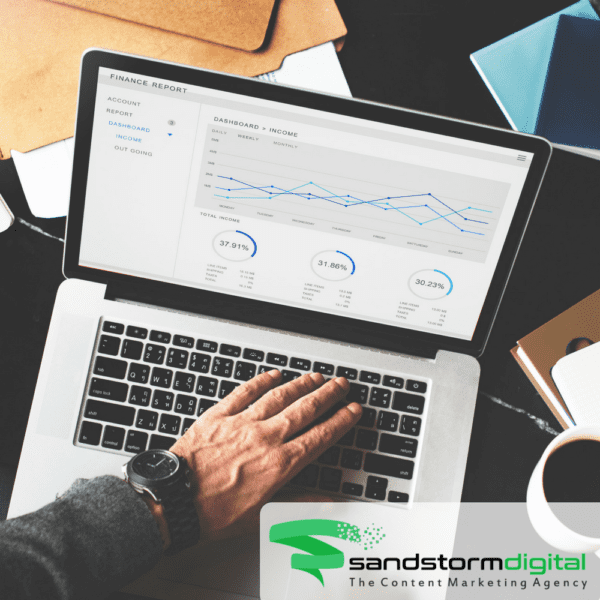Key performance indicators, return on investment, metrics, and analytics…, everyone who is anyone on social media can’t stop talking about these. Any business owner who has a social media presence wants to know if messages are being seen and read.
More importantly, they want to know if social media marketing is contributing to the business in a positive way. The only way to be sure that your approach is working for you is by analyzing your content. To successfully analyze social media content, focus on the following five key performance indicators, also known as KPIs.
KPI 1: Reach
Numbers aren’t everything, but if you want to realize your desired reach, you will need to build up a sizable fan base. Followers and fans form the basis of a valuable community. So, make sure that you know how many people you are reaching with your social media content, and aim to grow your numbers.
Social media management tools, such as Hootsuite or SocialSensr, can help you keep track of the reach of a particular piece of content, for example, as it’s being retweeted. Twitter analytics show you which followers contribute the most at widening your reach. Now look at their followers. Anyone there who looks interesting to you? Pay them some attention, and try to engage them. This will enable you to expand your reach even more.
KPI 2: Engagement
Likes, shares, and retweets are a good barometer of how much your content is appreciated by the online community that you built. Now take this one step further by looking at who is engaging with your content. Are the people who are engaging with your content part of your target audience? Will these people help you to reach your goals? If you aren’t engaging the right people, you might need to adjust the tone of your content.
KPI 3: Clicks
When you counts clicks, look at the number of people who click on links to your own website or landing page versus the number of people who click on links from curated content. Which scores better? Which type of content is most appreciated? Is it video, images, or text? Is it knowledge or marketing messages? The more insight you gain in what makes content successful, the better you can make your own content.
KPI 4: Interaction
To find the best recipe for engagement, you need to figure out how to present the ideal post, at the best possible time, to the right audience, and on the right channel. Social media marketing involves the interaction between different social media platforms. By measuring engagement, clicks, and reach across multiple platforms, like Twitter, LinkedIn, and Facebook, you will find out which type of post performs best on which platform.
KPI 5: Conversion
The goal, of course, of all this effort is to spur your target audience on to take a desired action. The success of this endeavor depends on many factors. Now you will have to look beyond social media to your own website, online shop, or landing page. Everything from design to functionality and ease of use is important here. That is why, apart from needing good social media analytics tools, you also need solid web analytics tools. With these tools you can track the behavior of your social media visitors as they progress on to your own media.
Conversion happens fast and in great numbers on social media, so keeping track of it can be a pain. Luckily, social media analytics tools, such as Hootsuite or SocialSensr, are there to help you by showing the latest state of affairs, often at the touch of a button. This helps you to take action based on the latest information.











